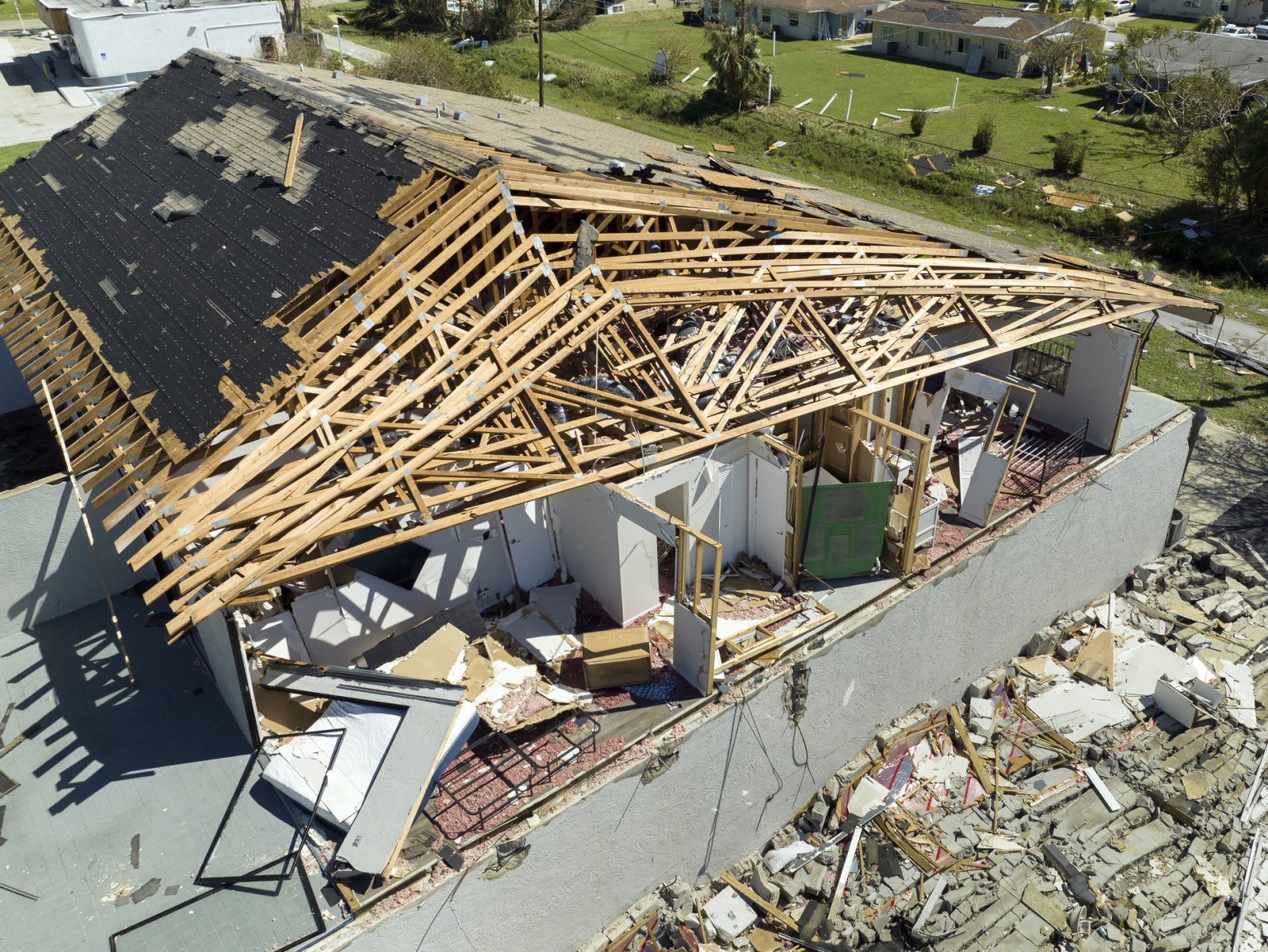Nurse Triage and Telehealth Are Just Two Workers’ Compensation Risk Mitigation Tools That Your Team Should Master
Workers’ compensation is a benefit for both the employer and the employee.
It allows injured workers to receive the care they need without fear of losing their job or not having enough money to pay the medical bills, and it helps employers keep their workforce healthy and productive.
However, after years of an impersonal culture that focused on transaction management, workers’ compensation is often looked at through a negative lens instead of as a benefit — but that is all changing.
We are now seeing the industry shift to a culture of health first and adopt a patient-centered approach to claims management. It is moving toward a health care model that drives results. By reimagining the workflow process, we can change the negative connotations, while improving outcomes and reducing costs.
The first point of contact during a claim is the most critical. It sets the tone and can significantly impact the outcome — either negatively or positively. Approaching the claim from a place of compassion, applying solid managed care principles, utilizing technology embedded with clinical intelligence, and providing clinical resources at the onset of the claim ensures that employees feel heard and cared for, leading to positive relationships and faster recovery throughout the claims process.
One way to do this is by implementing a combination of nurse triage and telehealth.
Self-insurers have already embraced nurse triage and telehealth. As a result, they are seeing faster, more efficient and convenient care, improved outcomes and reduced costs.
They have also seen an increase in employee engagement and satisfaction. The compassionate, positive interaction with the nurse replaces the administrative, often adversarial questions that typically characterized the first report of injury.
This initial interaction sets the tone for a collaborative, engaged relationship throughout the treatment of the injury with a focus on the immediate medical needs of the injured worker rather than the administrative reporting hassle, which can be addressed at a later time.
The injured worker moves from the “take care of me” mentality to being empowered to participate in their own care and recovery. When management takes this perspective and puts the emphasis on helping the injured worker get well, outcomes are better and faster, and litigation rates drop dramatically.
But does this combination of nurse triage and telemedicine make sense for employers that are with a carrier and have a large deductible or a fully insured program?
We think nurse triage and telemedicine can have an impact on lag times, claim duration, total cost of risk, employee satisfaction and overall outcomes.
If programs are set up to be successful and if they follow best practices, measurable outcomes are sure to follow.
Nurse triage and telehealth is the future of claims management and are programs that can and should be incorporated into every workers’ compensation program, as a standard of service and care. &










